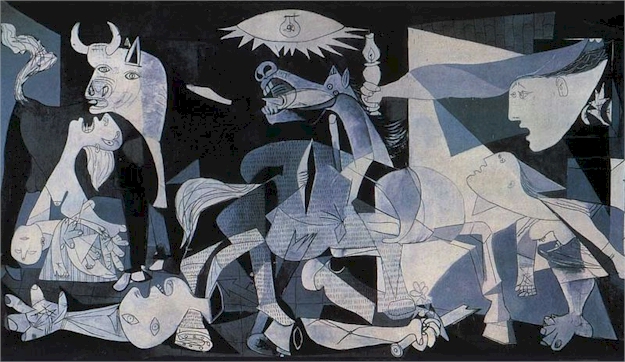My exhibit features works of art that depict and represent
industry. I chose this as a theme
because I believe that industry has had a very strong influence and impact over
the course of recent history and continues to have a large impact today. Industry is not something that is generally
considered synonymous with beauty so how artist choose to depict industry is
very interesting. It is interesting to
see what artists have to say about industry.
One motif that is common in many of the works of art in my exhibit is repetition. Whether it be multiple smokestacks or
multiple pieces of machinery in a factory, repetition is used to explore the
extreme levels of production in the age of industry. The amount of goods we are able to produce
these days is astonishing is when put in historical context. Another theme in these works of art is the
interaction between the natural world and the industrial world. Some of the images show dense factory centers
surrounded by hills or trees. The nature
stands in stark contrast to the machinery.
I do not believe that industry is depicted favorably in many of these
works. It is instead depicted as a force
of destruction and as monotonous. For example
the piece entitled “Industrial Hall (Phillip Morris)” shows a rather bland,
block-shaped factory that has very little that is beautiful about it. It should also be noted that Phillip Morris
is a tobacco company so not only is the building ugly, but its purpose is
arguably sinister.
Walker Evans, “[63 Views and Studies of Ohio Clay Plants and
Workers, Commissioned by Fortune Magazine For the Article "Clay: The
Commonest Industrial Raw Material", Published January 1951]”, 1950, Not on
display
Michael Wolf, “Industrial #2”, 2005, Not on display
Frank Breuer, “Industrial Hall (Phillip Morris)”, 2000, Not
on display
John Kane, “The Monongahela River Valley, Pennsylvania”,
1931, Gallery 774
Charles Scheeler, “Water”, 1945, Gallery 911
Abe Ajay, “Heavy Industry”, 1935-43, Not on display
Charles Thurston Thompson, “French Machinery”, 1855, Not on
display
Umberto Boccioni, “Landscape with Industrial Plants”, 1909,
Not on display
Cesar Domela, “[Photomontage: Industrial Pipes and Boilers]”,
1928, Not on display
Designer unknown, “Panasonic Radio (Model R-72S)”, 1969, Not
on display


















